Acupuncture for Raynaud’s disease
Around 3-12.5% of men and 6-20% of women report symptoms of Raynaud’s phenomenon. The prevalence varies widely across countries and populations, but is higher in colder climates. In women, it is often associated with a family history, oestrogen exposure, and emotional stress. In men, smoking and hand arm vibration syndrome are more commonly implicated. There are few conventional treatments on offer. Lifestyle modifications such as regular exercise and stopping smoking, and reducing exposure to triggers (e.g. cold, emotional stress) can help.
Acupuncture is commonly used in China to improve the symptoms of Raynaud’s by improving blood flow and circulation to the effected fingers. Research studies conducted in the West have found that acupuncture may be a reasonable alternative treatment for patients with primary Raynaud’s syndrome. Research has shown that acupuncture treatment may specifically help to relieve the symptoms of Raynaud’s by:
- Increasing local microcirculation
- Regulating endothelium-derived vasoconstrictors (endothelin-1) and vasodilators (calcitonin gene-related peptide, nitric oxide and nitric oxide synthase)
- Reducing inflammation, by promoting release of vascular and immunomodulatory factors
- Acting on areas of the brain known to reduce sensitivity to pain and stress, as well as promoting relaxation and deactivating the ‘analytical’ brain, which is responsible for anxiety and worry
- Increasing the release of adenosine, which has antinociceptive properties
Chinese herbal medicine can be a useful adjunct to acupuncture to form a comprehensive and effective treatment for Raynaud’s
